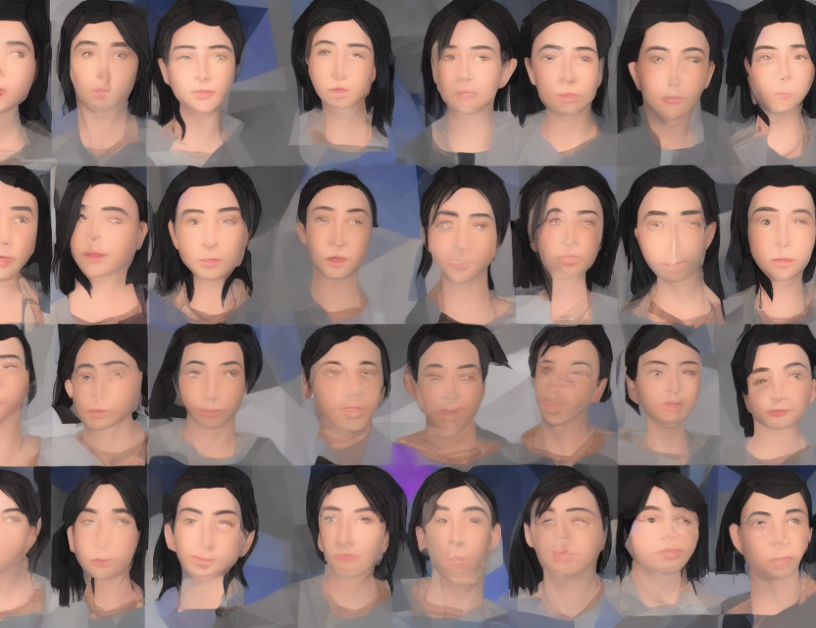Understanding Body Mass Index (BMI) from Facial Images
Body Mass Index (BMI) is a crucial indicator of health, but it can be challenging to measure accurately. Traditional methods require expensive equipment and expertise, making them impractical for everyday use. However, recent advances in computer vision and deep learning have enabled the estimation of BMI from facial images with remarkable accuracy. This article delves into the concept of BMI, the techniques used to estimate it from facial images, and their potential applications.
What is Body Mass Index (BMI)?
BMI is a simple calculation that divides a person’s weight in kilograms by their height in meters squared. It provides an approximate measure of body fat based on height and weight. BMI categorizes individuals into different classes, including underweight, normal weight, overweight, and obese. While BMI has its limitations, it remains a widely used tool for health professionals to assess weight-related health risks.
How to Estimate BMI from Facial Images?
Computer vision and deep learning techniques have revolutionized the estimation of BMI from facial images. These methods use convolutional neural networks (CNNs) to analyze facial features, such as the distance between the eyes, nose width, and jawline shape. By analyzing these features, the model can estimate BMI with remarkable accuracy.
One approach is to train a CNN on a large dataset of labeled faces, where each face is associated with its corresponding BMI. The model learns to identify the patterns between facial features and BMI, enabling it to make accurate predictions for new faces.
Another technique involves using transfer learning, where a pre-trained CNN is fine-tuned on a smaller dataset of faces to estimate BMI. This approach can be more efficient and accurate than training a model from scratch.
Applications of Estimating BMI from Facial Images
Estimating BMI from facial images has numerous potential applications, including:
- Remote Health Monitoring: With the rise of telemedicine, remote health monitoring is becoming increasingly important. By analyzing facial images, doctors can estimate a patient’s BMI without the need for expensive equipment or in-person visits.
- Weight Loss Tracking: Facial imaging can track changes in BMI over time, providing individuals with valuable insights into their weight loss progress. This can motivate them to stay on track and achieve their fitness goals.
- Health Insurance Assessment: Insurance companies often use BMI to assess health risks and determine premiums. By estimating BMI from facial images, insurers can streamline this process, making it faster and more accurate.
- Forensic Analysis: Facial imaging can be used in forensic analysis to estimate the age, gender, and BMI of individuals in criminal investigations.
- Human-Computer Interaction: Smartphones and other devices can use facial imaging to provide users with real-time BMI estimates, promoting healthy habits and lifestyle changes.
Conclusion
In conclusion, estimating BMI from facial images is a rapidly developing field with enormous potential for improving healthcare and beyond. By leveraging computer vision and deep learning techniques, we can accurately measure BMI without the need for expensive equipment or in-person visits. As technology advances, we can expect to see more innovative applications of facial imaging in various industries, from health insurance to forensic analysis and human-computer interaction.



